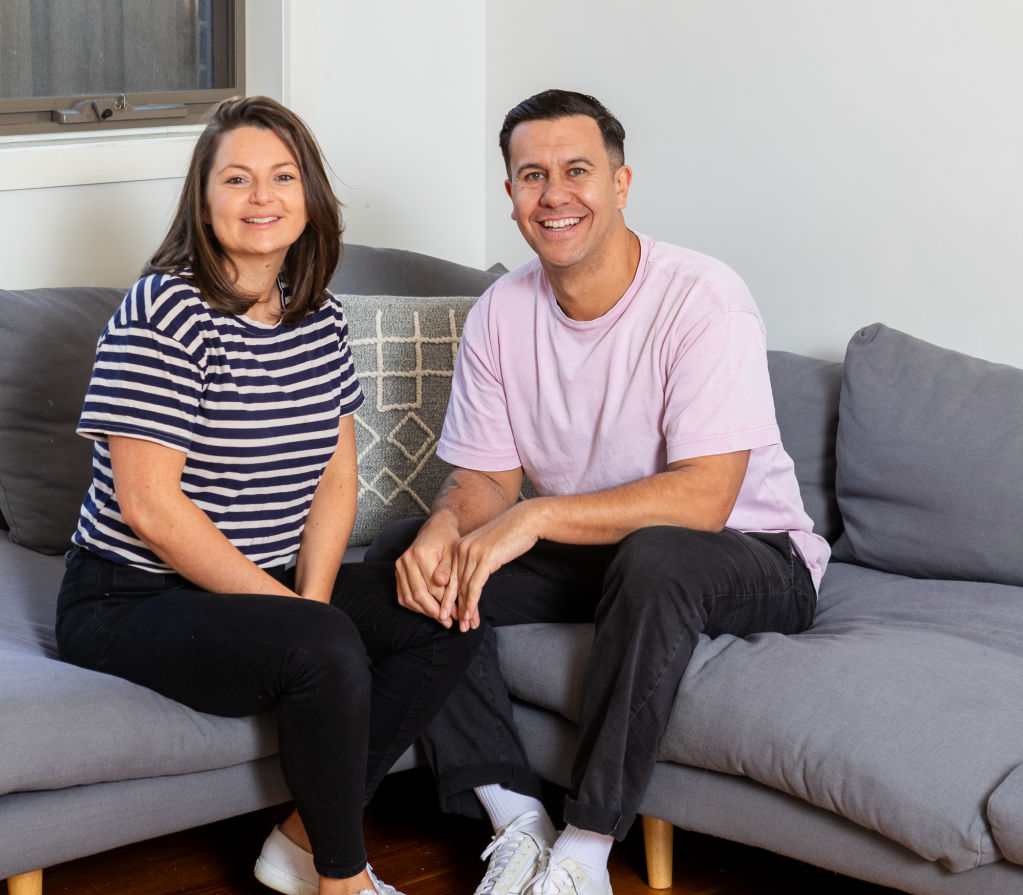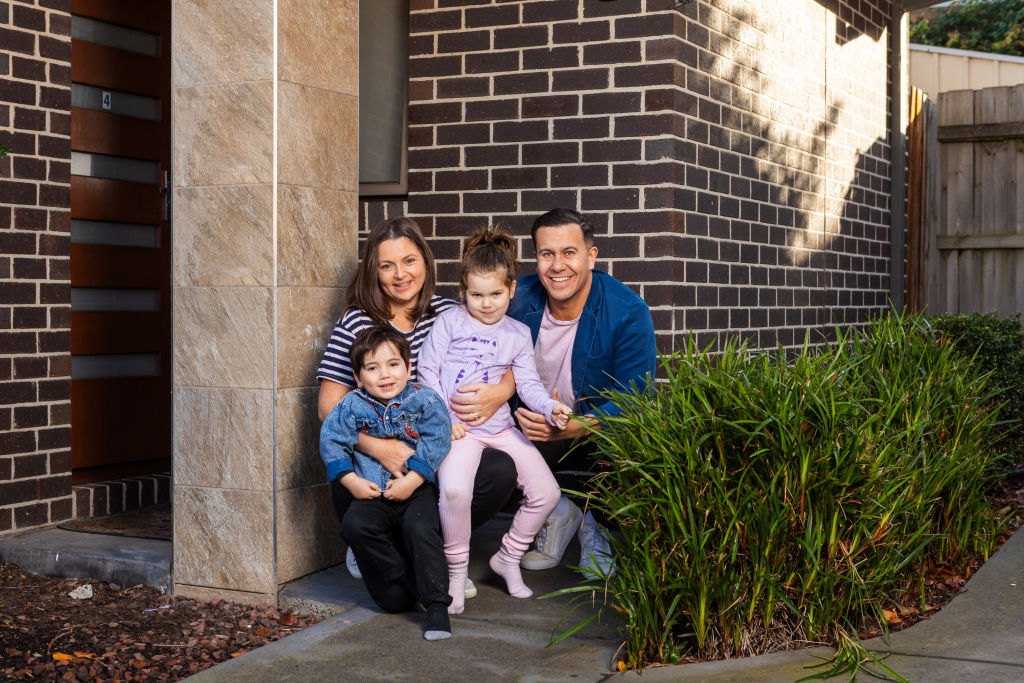From our Property Partner, Domain
When Jess Newcombe and her husband, Raa, were looking to buy their first property, they wanted a home in Melbourne.
However, Melbourne’s million-dollar median pushed them out to regional Victoria, where they bought a four-bedroom standalone house for close to half of the city’s median – and they are not alone.
The median house price in Melbourne is $1,032,020, according to the latest Domain House Price Report, while it is $560,000 in the rest of Victoria – about a $472,000 difference.
There is a similar trend in Sydney, where the city’s median house price of $1,627,625 dwarfs the rest of NSW’s median of $735,000 – almost a $900,000 difference.
Domain Chief of Research and Economics Dr Nicola Powell says property in regional Australia has always been alluring for buyers, particularly for those seeking affordability and a change of lifestyle.
“The whole concept of greener pastures is what purchasing in regional Australia offers, and with those greener pastures comes greater affordability relative to major capital cities,” Powell says. “Buyers purchasing in regional Australia are also seeking to get more for their money.
“If you compared what you could buy in the city versus what you could get in regional Australia, you’re more likely to purchase a house or at least a townhouse in regional Australia, whereas many first-home buyers in our larger capital cities would often opt for an apartment.”
This was the case for the Newcombe family, who had been living in in Coburg, Melbourne, for six years.

After months of house-hunting locally, the couple eventually turned away from Melbourne and looked further afield at what their money could buy them in a regional setting.
They settled on a house and land package in Charlemont, Geelong, for $670,000, which will place them about an hour and a half from Melbourne’s CBD.
The couple are excited to be in the property market but admit moving away from everything and everyone they know will be a big adjustment

“My kids go to kinder here and my daughter just started prep school … we have a coffee shop right at the end of our driveway, and our local stores in Melbourne,” Jess says.
“We don’t know anyone in the [new] area and I guess from a day-to-day lifestyle, we’ll just have to find new gems and a new community. We just have to put ourselves out there and build that again in our new area.”
Jess says their budget would have been stretched too thin if they had bought in Melbourne.
“I think we could’ve found something but it probably would’ve been smaller than we wanted and I think we would’ve been tied to our mortgage – so really we were priced out of Melbourne,” she says.
“And we want to be able to take our kids on holidays, go overseas in a couple of years and have that bit of freedom.”
By way of comparison, the median house price in Coburg is $1.15 million and the median in Charlemont is $605,000 – a $545,000 difference.
“Within our budget, we probably would have been looking at a small townhouse or unit with two bedrooms [in Melbourne],” Jess says. “By moving regional, well, we’re getting a four-bedroom house, with a backyard, a double garage, and just a lot more space.”
Jennifer Pearce of Raine & Horne Kyneton says even in Kyneton – an hour from Melbourne’s CBD – where the median is $790,000, first-home buyers are still seeking even cheaper alternatives further away.
“A lot of Melbourne buyers – first-home buyers – are looking for homes under that $700,000 mark, and the level of homes available is quite stretched,” she says. “Kyneton is the affordable entry market into the Macedon Ranges, so a lot of people look here from Melbourne city.
“And then some of our local first-home buyers have gone to Bendigo because it’s even more affordable there.”
Bendigo is just 50 minutes north of Kyneton and just shy of two hours from Melbourne’s CBD. The suburb has a median house price of $540,000, and North Bendigo, is even more affordable at $500,000.
Powell says while regional property is more affordable, capital growth is usually stronger in capital cities.
“Capital cities tend to see stronger rates of population growth and therefore housing demand is greater over that long-term period,” she says. “But there’s always this strong pool of people looking for a sea or tree-change and Australians love that type of lifestyle.
“And in some of these regional locations, we’re seeing the release of land, subdivisions, new homes and a diversity of stock too, and that is going to continue to change and evolve.”
Powell would like to see the forecasted higher population growth seep into Australia’s regional areas.
“When you look at things like future population growth and where Australia is expected to be in 50 years, it would be good to see that population growth in these parts of the country and have that stock available,” she says.
